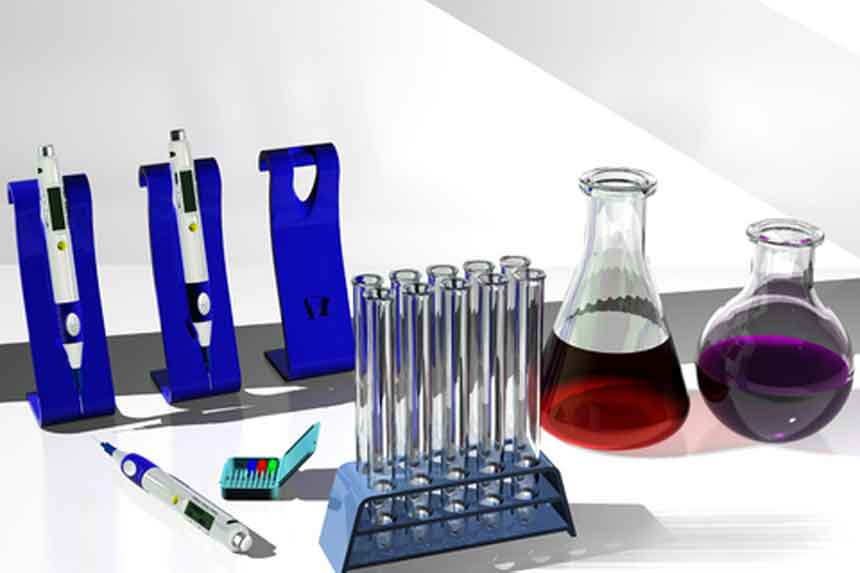Multiple myeloma drug approved for re-treatment in the US
Multiple myeloma drug approved for re-treatment in the US
12 Aug 2014
The US FDA approved bortezomib for the re-treatment of multiple myeloma adult patients who relapsed at least six months after responding to bortezomib therapy.

The labelling update includes dosing guidelines as well as safety and efficacy findings for the use of bortezomib (trade name: Velcade) as a single agent or bortezomib in combination with dexamethasone in patients previously treated with bortezomib.
Bortezomib retreatment may be started at the last tolerated dose.
The approved retreatment sNDA consisted of a Phase 2 study and other supportive data.
About the "RETRIEVE" trial (130 patients enrolled)
The Phase 2 international RETRIEVE trial showed a 38.5% overall response rate (ORR) in multiple myeloma patients who had been previously treated with a bortezomib-based regimen (median of two prior lines of therapy) and had previously achieved a partial response or better.
The safety profile seen with bortezomib retreatment was consistent with the known safety profile of intravenous bortezomib in relapsed multiple myeloma; no cumulative toxicities were observed upon retreatment.
The most common adverse drug reaction was thrombocytopenia (relative decrease of platelets in blood), which occurred in 52% of the patients.
RETRIEVE was a single arm, open-label trial.
The study enrolled 130 patients ages 18 years and older who had previously responded to bortezomib-based therapy and relapsed at least six months after prior treatment with bortezomib.
The study met its primary endpoint of best confirmed response to retreatment as assessed by European Group for Blood and Marrow Transplantation (EBMT) criteria.
- Patients had received a median of two prior therapies (range of 1-7).
- Dexamethasone was administered in combination with bortezomib in 94 patients.
- Of the 130 patients, one patient achieved complete response and 49 achieved partial response (50/130; ORR 38.5%).
- In the 50 responding patients, the median duration of response was 6.5 months (range of 0.6 to 19.3 months).
Side effects and adverse reactions
The incidence of grade ≥3 thrombocytopenia was 24%.
Peripheral neuropathy occurred in 28% of patients, with the incidence of grade ≥3 peripheral neuropathy reported at 6%.
The incidence of serious adverse reactions was 12.3%; the most commonly reported serious adverse reactions were thrombocytopenia (3.8%), diarrhea (2.3%), herpes zoster and pneumonia (1.5% each).
Adverse reactions leading to discontinuation occurred in 13% of patients.
Source: eCancer News